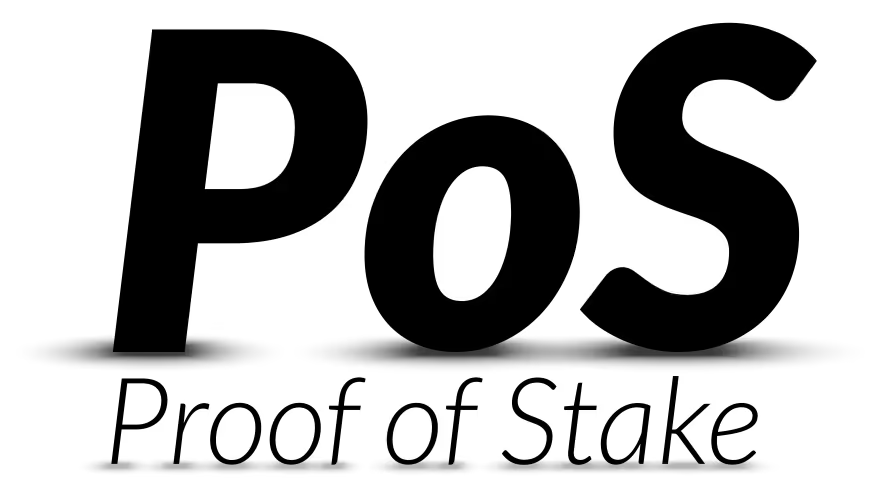Key Takeaways:
- Choosing the right smart contract platform in 2025–26 means balancing ecosystem maturity, cost, scalability and future flexibility.
- Interoperability, developer tooling and security are emerging as decisive factors—not just transaction speed.
- The “top platform” is context-dependent: align your use-case (DeFi, enterprise, gaming, tokenization) with the platform’s core strength.
What’s Changing in 2025–26 for Smart Contract Platforms
In the months ahead, several dynamics are converging to redefine how developers and businesses approach smart contract platforms:
• Interoperability and Cross-Chain Design
Multi-chain architectures and cross-chain smart contracts are gaining prominence. Platforms that enable fluid interaction between chains will increasingly define the competitive edge. Blockchain Solutions+2Maticz+2
• Speed, Scalability and Cost Pressure
User expectations (from gaming to financial services) demand faster transactions and lower fees. Platforms that address latency, throughput, energy efficiency and cost will attract more builders. BlockTech Co.+2Calibraint+2
• Enterprise-Grade Needs: Security, Governance & Sustainability
Beyond public dApps, private and consortium networks call for strong verification, eco-friendly protocols and formal governance. As such, some platforms emphasize formal verification and sustainability. Minddeft Technologies+1
Also read: What Is a Private Key?
• Emergent Use Cases: Real-World Assets, AI-Driven Contracts, Green Initiatives
In 2025, smart contracts are being applied to real-world asset tokenization, AI analytics, IoT integration and greener blockchain systems. Blockchain Solutions+1
In short, the era of “just pick Ethereum and hope” is giving way to a more nuanced decision matrix: speed vs maturity, cost vs decentralization, interoperability vs ecosystem size.
Spotlight on Leading Platforms for 2025-26
Here are some of the smart contract platforms that matter most in the 2025-26 timeframe, along with why they matter and what to watch.
Ethereum
As the pioneer and largest smart contract platform by ecosystem size, Ethereum remains foundational. Developers benefit from rich tooling, mature protocols and wide adoption. Calibraint+1
Why it matters: Broad support for dApps (DeFi, NFTs, DAOs), EVM compatibility, strong developer community.
What to watch: High gas fees and congestion remain concerns; solutions like Layer-2 rollups and sharding will be critical in 2026.
Binance Smart Chain (BSC)
EVM-compatible and optimized for lower fees and faster confirmation than many older chains. Calibraint+1
Why it matters: Cost-efficient for startups and applications where speed and cost trump decentralization.
What to watch: Trade-offs around decentralization and governance may limit appeal in regulated or enterprise use-cases.
Solana
Built for high throughput and ultra-low latency, Solana is increasingly popular for gaming, metaverse and high-volume DeFi. BlockTech Co.+1
Why it matters: Scalability and cost efficiency make it well-suited to newer use-cases in 2026.
What to watch: Network stability and ecosystem maturity must continue to improve to match older platforms.
Cardano
With a research-first approach, formal verification and sustainability in mind, Cardano appeals to long-term, mission-critical projects. BlockTech Co.+1
Why it matters: Ideal for applications where reliability, governance and eco-credentials are prioritized.
What to watch: Slower feature rollout and smaller developer ecosystem compared to legacy platforms.
Polkadot
Designed for shared security and multi-chain interoperability, Polkadot enables distinct blockchains to work together. Maticz+1
Why it matters: Smart contract projects aiming for cross-chain integration and modularity will benefit.
What to watch: Ecosystem integration is still growing; developer tooling lags behind top platforms.
Avalanche
Offers flexibility through custom subnets, fast finality and compatibility with Ethereum tooling. BlockTech Co.
Why it matters: Enterprises and projects needing tailored chains plus smart contracts may favour Avalanche in 2026.
What to watch: Ecosystem size is smaller; custom chain complexity may increase development overhead.
Matching Your Project to the Right Platform
When choosing the right smart contract platform for your project in 2025-26, keep the following in mind:
- Use case clarity: Is your priority high-volume consumer gaming, enterprise asset tokenization or decentralized finance?
- Cost vs decentralization: Lower fees often come with tighter governance.
- Ecosystem & tooling: How big is the developer community? Are integrations and audits available?
- Future-proofing: Will the platform scale? Does it support cross-chain growth?
- Sustainability and regulation: Are you building in a regulated sector or under ESG constraints?
Selecting the “wrong” platform can hamper performance, raise long-term costs or limit adoption. By contrast, aligning with the right platform can give your project a competitive edge.




